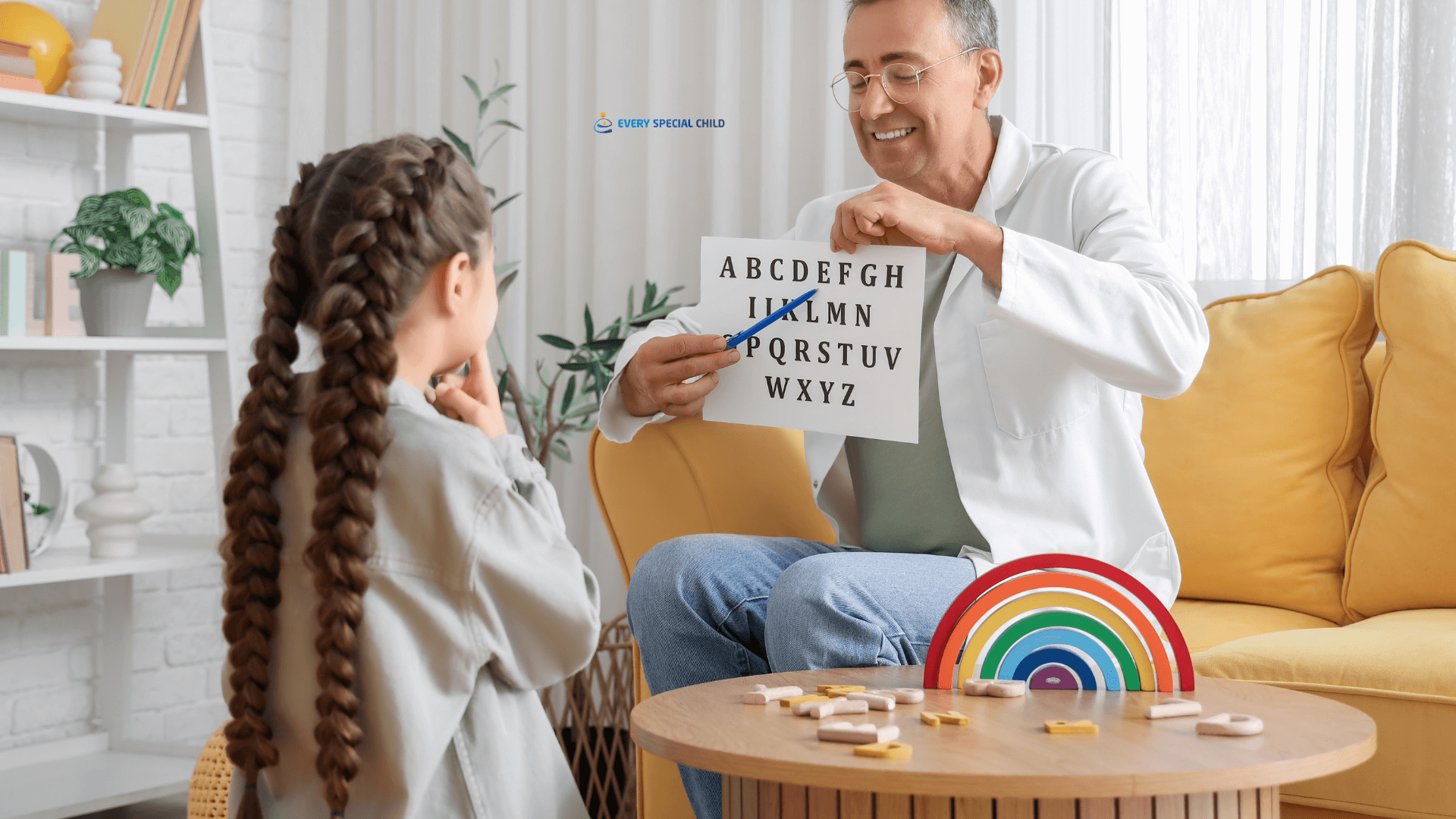Speech therapists use a wide range of proven techniques to help individuals overcome speech, language, voice, and fluency challenges. These methods are carefully selected based on each person’s unique needs and communication goals. Understanding the most common techniques used by speech therapists provides insight into how treatment supports progress in children and adults alike. One widely used method is articulation therapy, where therapists guide individuals through correct sound production using repetition, modelling, and targeted exercises. Read More For children with language delays, language intervention activities—such as storytelling, play-based learning, and vocabulary-building tasks—help strengthen grammar, comprehension, and expressive language skills. Another essential approach is oral-motor therapy, which focuses on strengthening the muscles used for speech, swallowing, and feeding. For individuals with fluency disorders like stuttering, therapists use fluency-shaping and stuttering-modification techniques to improve speech flow, reduce tension, and build confidence. Augmentative and Alternative Communication (AAC) tools, including picture boards and speech-generating devices, are used for clients with limited verbal abilities. Additionally, social communication therapy helps individuals—especially those with autism—develop skills for conversation, eye contact, and understanding social cues. Many speech therapists also incorporate modern strategies such as teletherapy, digital speech apps, and interactive technology to keep therapy engaging and accessible. By combining these techniques, speech therapists create personalised, effective treatment plans that empower individuals to communicate more clearly and confidently.









